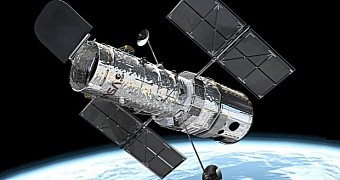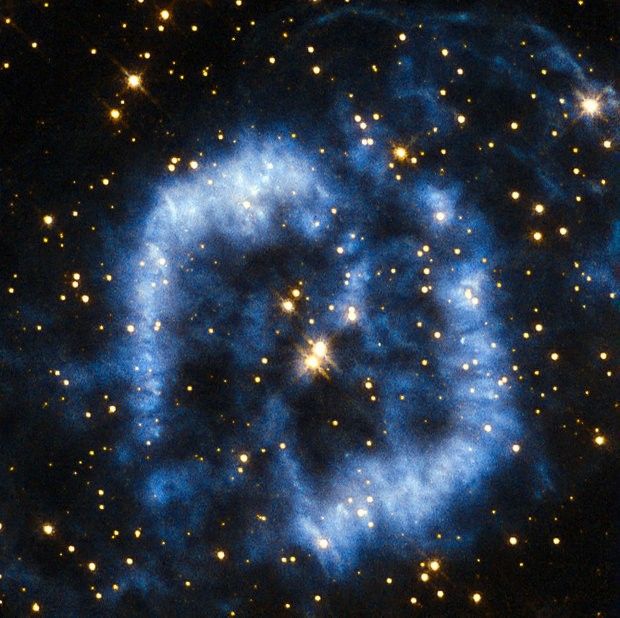A new space image released by NASA just the other day brings into focus a gorgeous planetary nebula by the name of PK 329-02.2. The view, available after the jump, was obtained by the Hubble Space Telescope, launched back in April 1990.
This planetary nebula was first documented by US astronomer and astrophysicist Donald Howard Menzel decades ago, in 1922. It sits in the constellation of Norma in the southern sky, at a distance of about 8,000 light-years from our planet.
While its official moniker is PK 329-02.2, the fact of the matter is that the nebula is known by many other names. Thus, some like to call it Menzel 2 or Mz 2, after its discoverer. Then, there are also more tedious designations such as Hen 2-150, IRAS 16105-5449 and ESO 178-15.
What's a planetary nebula anyway?
Despite being called planetary nebulae, such massive clouds of gas and dust don't really have anything to do with planets. Rather, they are the remains of dying stars.
In a description accompanying this view of PK 329-02.2, NASA scientists explain that, when stars about as big as our Sun reach the end of their life, they eject their outer layers, which form the mammoth clouds we call planetary nebulae.
In the case of PK 329-02.2, the debris coughed out by the dying star that gave rise to the nebula took the shape of the swirling blue cloud imaged by Hubble.
“In the case of Menzel 2, the nebula forms a winding blue cloud that perfectly aligns with two stars at its center,” NASA researchers explain the image.
“In 1999, astronomers discover that the star at the upper right is in fact the central star of the nebula, and the star to the lower left is probably a true physical companion of the central star,” they detail.
The nebula will eventually fade away
Being essentially a cloud of gas and debris, this planetary nebula will not stick around for long. Rather, cosmic winds are now slowly eating away at it and so astronomers say that it will eventually fade away. It will take millennia for this to happen, but the nebula's demise is inevitable.
Then, the star that created it will become a white dwarf, a very dense stellar remnant. Many times, white dwarf stars are only about as big as our planet and yet have a mass comparable to that of the Sun.

 14 DAY TRIAL //
14 DAY TRIAL // 

